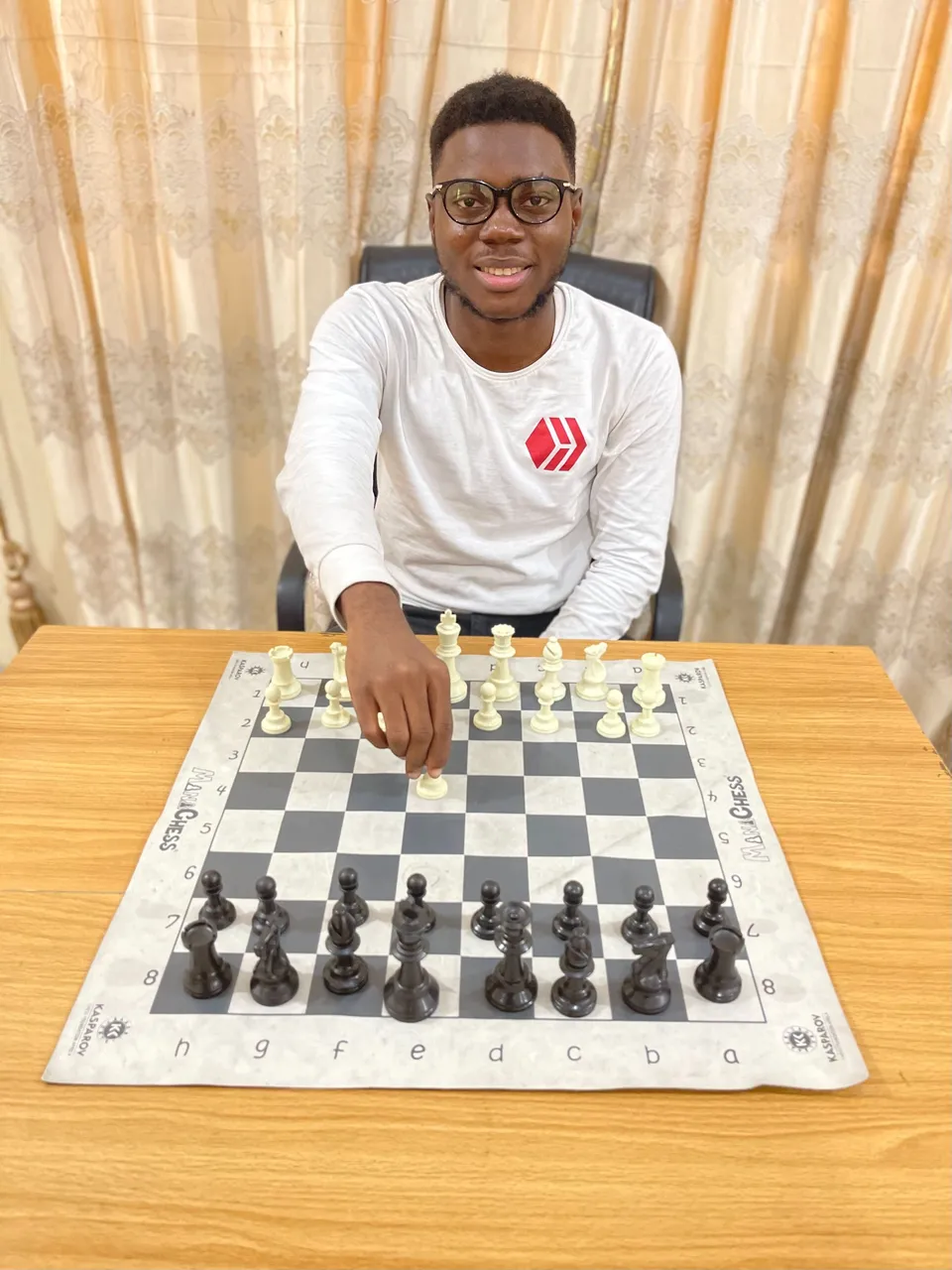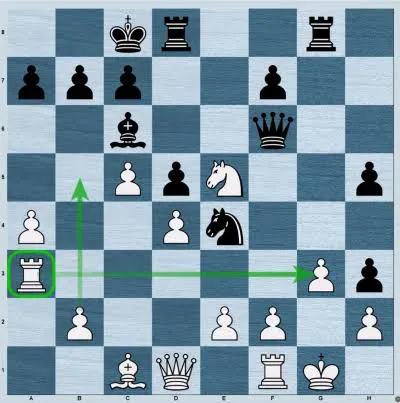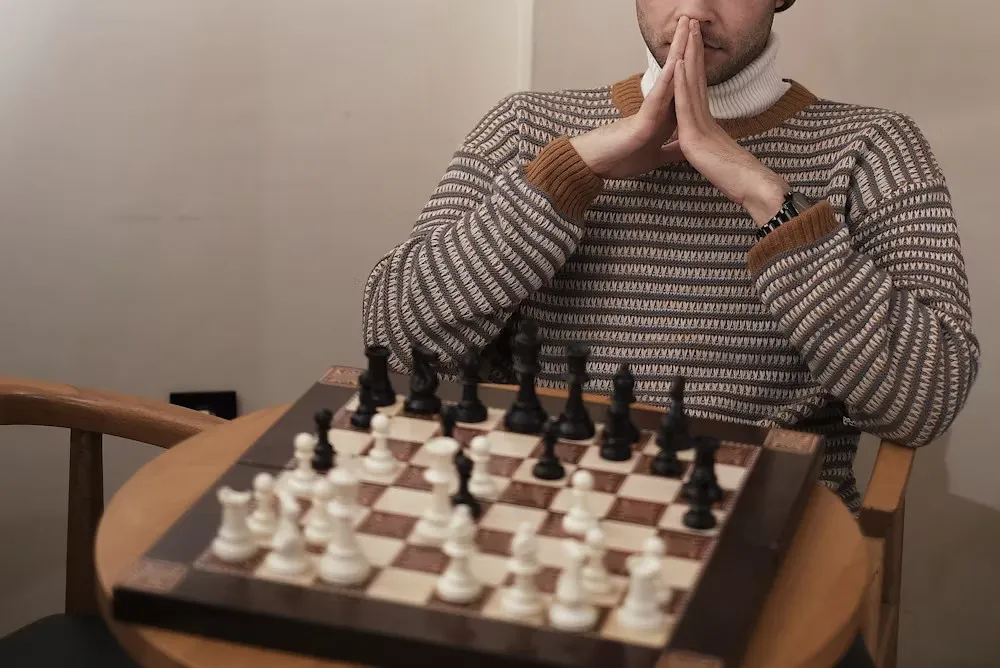Congratulations you have made it to the last round, oops, the last lesson of the intermediate guide to chess mastery. I thought you were already playing tournament games. 😅
Nonetheless, this lesson is going to make it the 14th lesson of the series and a final wrap-up for the guide. I sincerely hope the knowledge I've shared where helpful in some way or another. Don't forget chess improvement requires consistent practice and that practice can only be gotten from playing more games.
With that said, let's look at the final lesson, the art of defense. As it is important to attack in chess games for a win, it is also important to know how to defend against attack and avoid a loss. I will take you through some simple steps I've broken down to help establish the fundamentals of defending in chess.
Step 1: Pay attention to your opponent's last move.
As simple as this may sound it can be quite hard or easily forgotten when playing a game. You need to keep an eye out for why your opponent makes any move and try to figure out their long-term plan probably in a couple of moves, before you make your move. This will help avoid a lot of I didn't know see it or I didn't know when playing.
Step 2: Look for threats and response
Next, when playing look at what the threats are to your pieces or king. Start first by asking yourself if my piece is in danger or if my piece is about to be captured. Through this question, your thoughts will be channeled towards spotting the threat and when you find the threat, look for your response.
Step 3: Always carry CPR in mind
CPR stands for Capture, Protect, and Runaway. An acronym I used to teach my chess kids to use when their king is under check. You can use this acronym for your king as well, think of how to capture the piece-checking your king, if you can't, move to protect your king with another piece of yours against the check, and if that's not possible simply run away with your king to an available square. But this time don't limit CPR to only your king, it can be used for other chess pieces on the board as well but make sure you do it wisely.
And lastly keep an eye out for counterattacks and sacks
Sometimes the best form of defending is by attacking your opponent back and making sacrifices for an escape route should also be considered when the position gets tight, you should have seen some examples in my lesson on when to sack. Always keep this option open in case when it presents itself.
And there you have it, the completion of the intermediate guide to chess mastery. It has been an interesting ride with you all. And go enjoy some good chess games.


I am @samostically, I love to talk and write about chess because I benefited alot from playing chess and I love writing about chess.
♟♟♟♟♟♟♟♟♟


